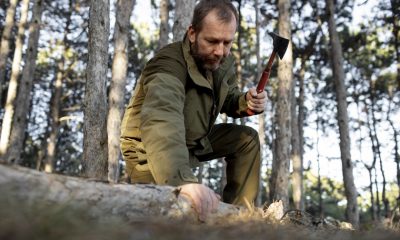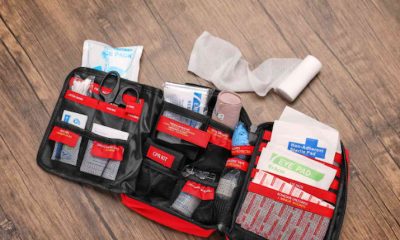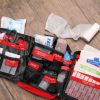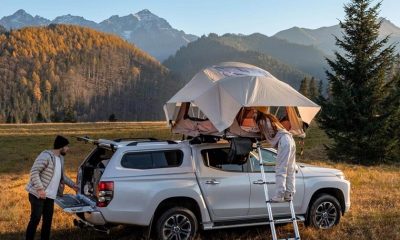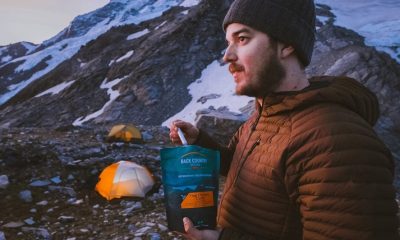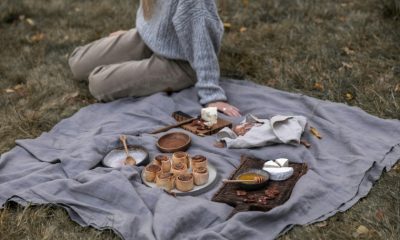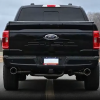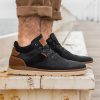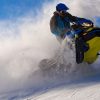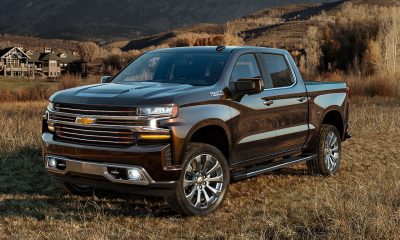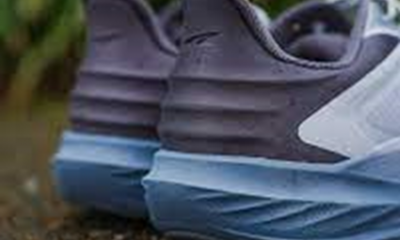Camping
Put Your Best Foot Forward: How to Choose the Right Trail Running Shoes
Do you want to explore the great outdoors by running through trails, mountains and other rugged terrains? Feeling adventurous and ready for a challenge? Then you’re definitely the right type of person to go trail running. Not only will you test your physical endurance, but you’ll get to explore some pretty awesome places.
However, as is the case with any form of exercise, having the proper fitness equipment selection is the key to landing on your feet and really enjoying the experience. And since the focus of trail running is not only on your physical strength but also on the terrain you’ll be navigating, you’ll need the right kind of shoes.
What Are the 3 Types of Running Shoes?
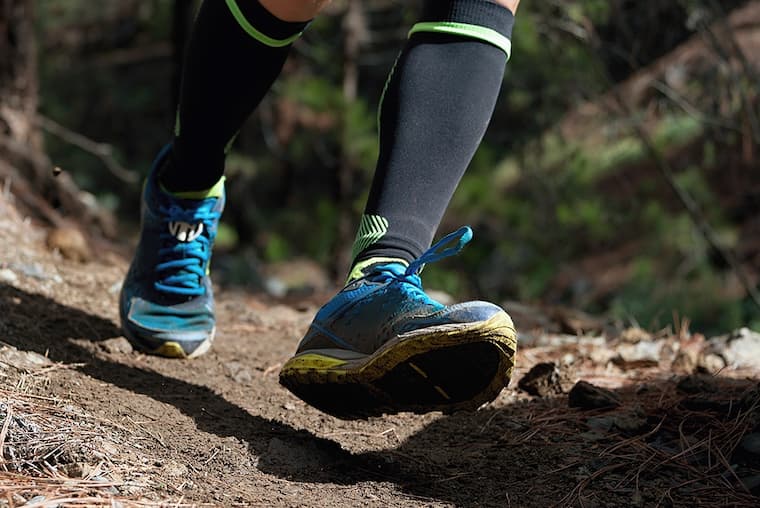
When you’re looking for suitable trail runners’ shoes remember you’ll need to take into account the exact environment you’ll be running in. Will it be predominantly light trails or rugged terrain? Or maybe a mix of both? To make sure your feet are properly protected, you’ll need to know the three main types that are available:
Light Trail
As the name suggests, these shoes for trail running are targeted towards uniform, well-maintained surfaces. This includes fire roads, paved paths, gravel tracks and rolling hills. They have a moderately stiff sole and offer a good amount of cushioning and traction.
Some options have ample midsole cushioning, which inherently boosts their protection level. However, their overall instability makes them unsuitable for more demanding terrain and trails. Other varieties have minimal midsole cushioning and a firmer platform, to provide increased stability on these surfaces.
Rugged Trail
These shoes are designed for people who like to explore off the beaten track. This can be anything from abandoned fire roads and technical single-track paths, to uphill scrambles or black diamond runs.
The thing that sets these trail runners’ shoes apart is the design of the sole and its enhanced traction capabilities. This allows you to grip onto wet and slippery surfaces, as well as loose and unstable ground. When you don’t have to worry about slipping, you can focus on enjoying the experience.
Off-Trail
At the far end of the exploration spectrum, we have areas where most people would rather not venture, let alone run. These are typically places with very steep inclines and declines, deep mud, thick brush and other obstacles. From a terrain perspective, these areas are not suitable for running – but who’s to say you can’t try?
In this case, you’ll definitely need something more resilient and stable than the previous two types. They should feature a tough, grippy sole and an aggressive tread pattern which won’t give in to severe twisting motions and intense shocks. Some even feature waterproofing and abrasion-resistant outer material, so you can traverse any environment with confidence.
How to Choose Your Trail Running Shoes?
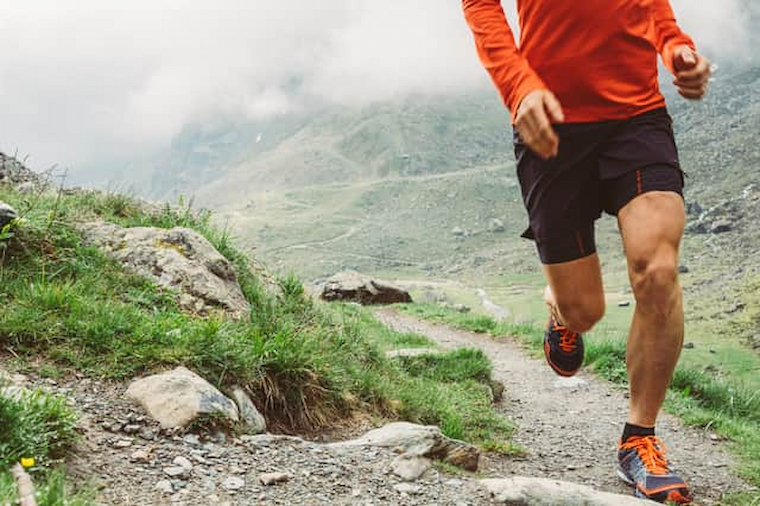
Aside from the general type you should select based on the environment, there are other aspects of the shoe-shopping process that require your attention. While the design of the sole is certainly important, there are other factors that contribute to your overall comfort and safety.
Cushioning
This one is pretty self-explanatory. Depending on your weight and the type of terrain you’ll be running in, you should choose shoes with adequate cushioning. This will help reduce the shock on your feet and lower body when you’re running on more uneven surfaces or during downhill sections.
The type of cushioning used also affects the overall comfort of your shoes. Traditional polyurethane midsoles go to great lengths in absorbing impact and maintaining their shape over time. But there are also lightweight options that offer plenty of cushioning without adding bulk, such as EVA foam or air-filled bladders.
Heel-to-Toe Drop
This refers to the difference between the height of the sole under the heel and under the toes. Trail running shoes usually have a drop of between 10 and 12mm, which helps keep your foot in a more natural position.
Anything shorter or longer than this can create an unstable running platform and cause discomfort. But if you have particularly flat feet then you should look for shoes with a slightly higher drop, as this will provide better arch support.
Durability and Weight
Light footwear is the cornerstone of a successful trail run. You don’t want your feet to be weighed down or your gait affected by heavy shoes. But at the same time, you don’t want to sacrifice on durability and protection just for that extra bit of weight saving.
The most reasonable way to find the right balance is to look for a compromise – start by picking lightweight materials but make sure they’re strong enough to withstand the rigours of your chosen trail. Then, compare the weight of the different models to see which one offers the best overall performance.
Fit and Comfort
We’ve all been there – tried on a pair of shoes that were initially comfortable but unfortunately ended up causing our feet to ache or resulted in some pretty nasty blisters. This is a common occurrence because our feet tend to swell a bit as we go about our day, which may call for a slightly bigger model.
The way you can counteract this is to try on different models towards the end of the day when your feet are likely to be at their largest. Also, make sure you don’t forget about those all-important details such as lacing, breathability and the fabric used. All these can make a huge difference in terms of comfort and whether or not you feel like you can wear the shoes for an extended period of time.
As a proud Pisces known for the selflessness, Olivia joined up the blog fascinated by the idea she can help readers with info on topics and their related benefits like health and beauty, travel, food and drinks. When not writing, she likes to call it a day reading comic books in the company of her Tonkinese cat Chatty or binge-watching The Big Bang Theory with her SO like the nerd she is.

